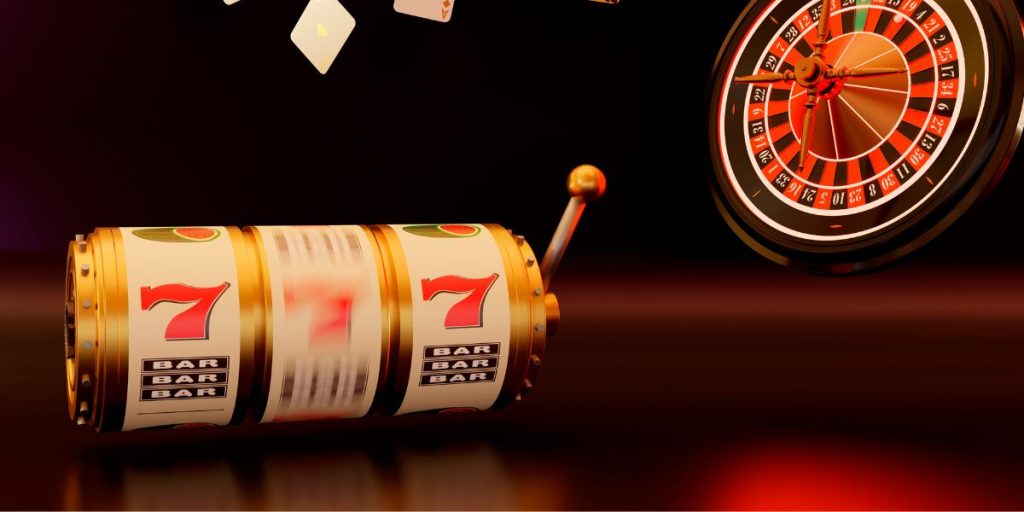Slots always come with an RTP. Over the years, people have believed different things about how it affects winning chances. While some say a higher RTP automatically means a better chance of winning, others think it makes no difference in the outcome of their gameplay. Knowing what is a fact and what isn’t will require understanding the concept of a return to player percentage and why it is important. Stay with us as we help you understand how RTP works and how it affects your chances of winning slots.
What is RTP?
Each slot machine can return a certain amount of money to players over time. This amount is what an RTP represents. For example, if a slot has an RTP of 96%, it means that for every £100 you play, the game will pay out £96 on average. The remaining £4 goes to the casino as profit.
Remember that RTP is calculated based on millions of spins and represents the average return to players over the long term. However, a player’s results can vary significantly from the RTP. There are times when a slot will randomly deliver a winning or losing streak that deviates from the average return. This again points to the randomness of slots for the sake of fairness and unpredictability.
How RTP Affects Winning Chances?
Whether you play a slot machine online or at a land-based casino, you should check out the potential RTP of the game you like. Still, knowing this doesn’t affect the outcome of any given spin since each one is its own event, and a random number generator (RNG) decides what happens. Still, an RTP can be high or low, and it won’t really matter if you’re trying to guess what will happen on certain spins.
For clarity, a higher RTP means that one can expect to receive more money back over time, which may also mean more profitable spins depending on how long you play. Conversely, a lower RTP implies the possibility of winning less money over time. Judging a game based on its RTP may be misleading, as RTP works hand-in-hand with variance, as we’ve discussed below.
Volatility and RTP
When you find the slot machine you like, you should also check the game’s volatility alongside its RTP. Variance, or volatility, refers to how frequently a slot pays out and the size of those payouts. A high-volatility slot may have a high RTP but pay out larger prizes less frequently. This means that players may experience longer periods without winning, but when they do win, the prizes can be substantial.
On the other hand, a low-volatility slot may have a lower RTP but pay out more frequently. These games generally pay smaller amounts. As you’d guess, players who choose this kind of slot may collect more wins, but the associated payout may be smaller.
Choosing a Slot Based on RTP
While RTP should not be the only factor in choosing a slot machine, you should definitely pay attention to it. Every slot game will have its RTP in the paytable, so you can easily find it before you launch the game. When comparing slot machines, it is a good tip to look for games with an RTP of 95% or higher. Generally, the industry average RTP is around 96%.
However, it is important to remember that RTP doesn’t guarantee a player will win on any given spin. Also, take time to consider the volatility of a slot and choose a game that suits your preferences and bankroll. The choice will ultimately be between a game with the potential for large payouts or low-volatility slots with more frequent wins.


